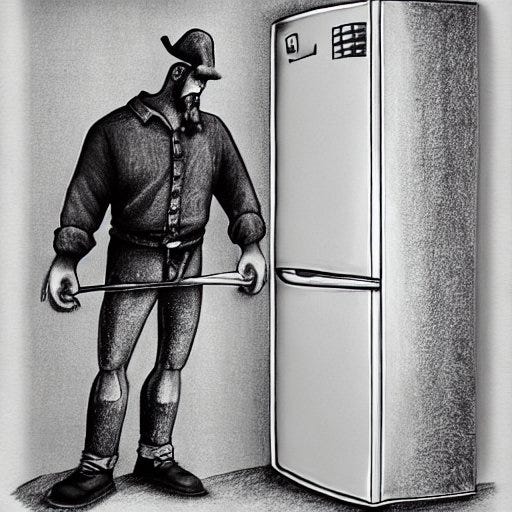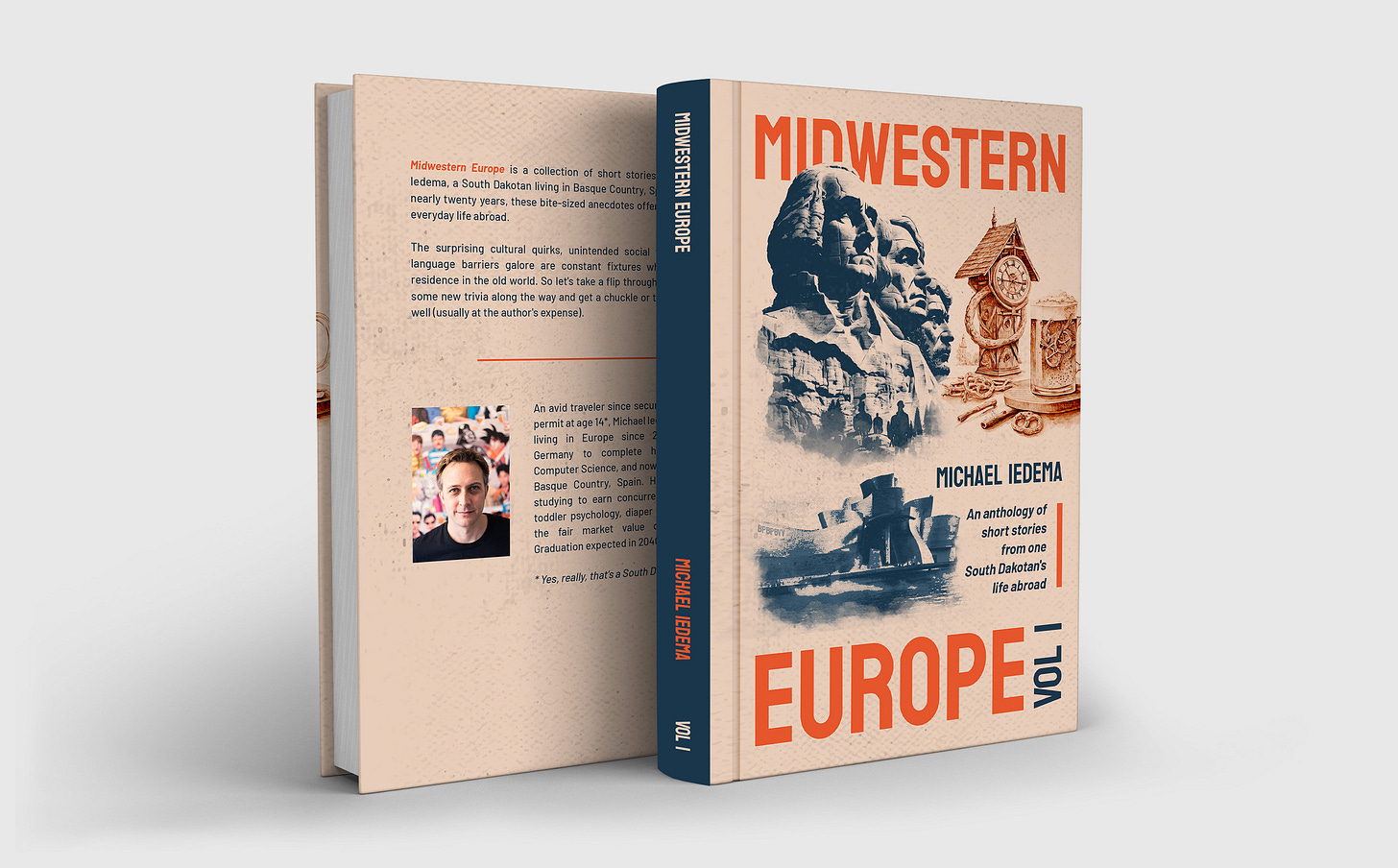
Vol. 1, No. 2 — You open your fridge and stare blankly at a rack full of condiments and a lonely milk shelf. It’s time to get some groceries.
Actually, is it Sunday? Just stay home. Hardly anything is open on Sundays in Europe. Germany only has a few special Sundays per year where stores are open. These rare occasions have an exceedingly beautiful German name: Verkaufsoffene Sonntage.
On your way out, grab some reusable bags and make sure to have at least one large coin in your pocket. There’s no need for car keys; you’ll be walking to the store. Don’t stress, it’s nearly always only a couple of minutes away. Oh, and be sure to gather up any deposit bottles that can be returned.
As you arrive at the store, that coin comes into play. Shopping carts are linked together with tiny chains near the front door. You have to insert a 50¢, €1 or €2 coin into a slot on the cart’s handle to detach it from its neighbor.
If you have any bottles, step up to the deposit machine and drop them through an opening one at a time. Each one is scanned and its value assessed (5¢ to 25¢ per bottle). Press a button when you’re done and the machine prints out a cash voucher. Spain does not have this system in place, but here’s a pro-tip if you are, for example, a starving student in Germany: always offer to host gatherings at your place. No one takes their empties, and they add up quickly.
Time to shop. Most European grocery stores have tiny turnstiles that close behind you after entering. If you’d like to leave without buying anything, there is a designated exit. Don’t just long-leg back over the barrier and leave. I’ve heard (from a friend, of course) that this is frowned upon.
There are some familiar brands, but for the most part, you will be reading labels and searching for items. Before wasting too much time, though, here are two you will definitely not find: canned soup and steak sauce. Also, stop looking for gallons of anything. In recent years, cottage cheese, peanut butter, and some breakfast cereals with mascots have started popping up. These were previously only found after hushed conversations with well-informed expats.
My first few months in Spain were frustrating as I tried to track down certain items. But there was a moment of clarity after opening my eyes to the world-renowned seafood, fresh fish, and cured meat selections available in every store.
Ingredients assembled, it’s time to check out. You will notice that only a checker is on duty. Having worked at a grocery store for a couple of years myself (shout-out to the late ’90s Marc’s Market crew), the eradication of the bagger position feels personal. You will be packing your own groceries today.
All-in-all, the experience is not that exotic after a few rounds. The largest difference is in the frequency. You will be making several trips to the store per week because your refrigerator is half the size of an American appliance. The products themselves also have significantly fewer preservatives and don’t keep as long. So, unless you’re trying to impress your neighbors by Paul Bunyaning home a dozen bags on snarled purple fingers, it’s just not worth it.
Midwestern Europe: Volume 1 with the first 52 entries in this series is available now on Amazon US, Spain, and Germany in hardcover, paperback, and Kindle formats!
They were made with much love. Pick up a copy, you won’t be disappointed.
If you’ve been enjoying these entries, please consider dropping by the product page and leaving a star rating based on what you’ve read here. Your investment of a minute or two would totally make my day! Many thanks.

